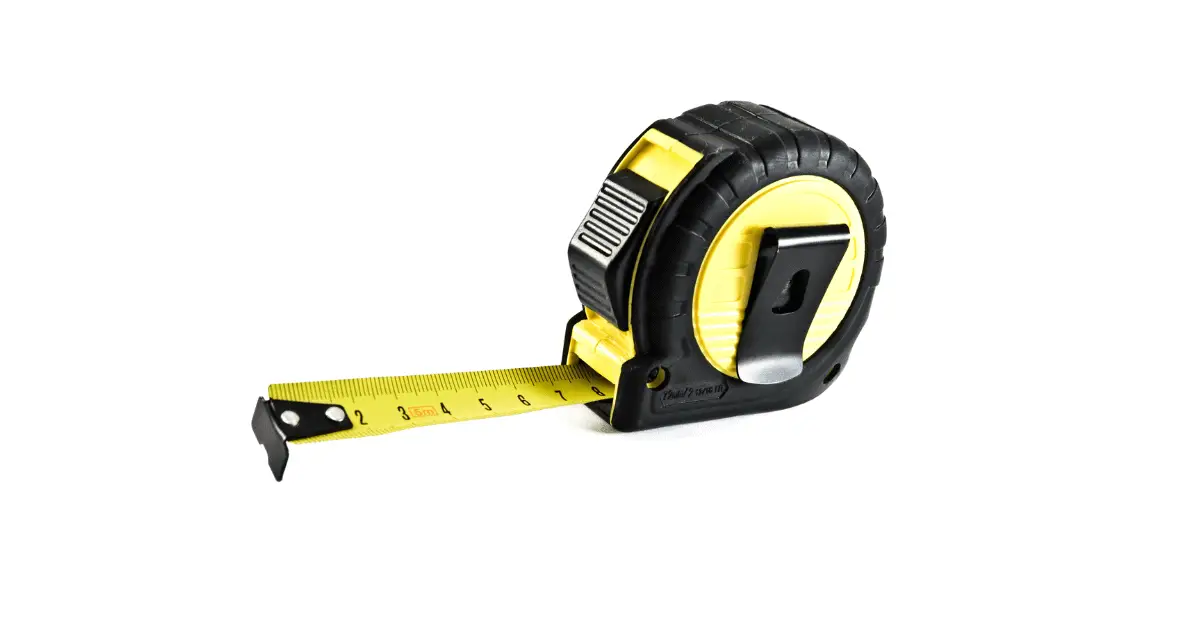Scientific instruments are devices used to measure and record data for observation and study. They are essential tools for researchers, practitioners, and anyone working in a laboratory. Throughout history, scientific instruments were made to connect theory and observation and to push the limits of our understanding of natural phenomena. In this article, we will discuss the different types of scientific instruments and how they are used, as well as the advancements and improvements that have been made in the field.
What are Scientific Instruments?
Definition of Scientific Instruments
A scientific instrument has varied definitions depending on the context in which it is used. It can be any tool, device, or system used to measure, observe or record natural phenomena, particularly in a laboratory setting. At its core, a scientific instrument must have a properly calibrated method of measurement to ensure accurate and reliable data.
Importance of Scientific Instruments
Scientific instruments play an instrumental role in the field of research and the advancement of science as a whole. They help researchers and practitioners gain an in-depth understanding of the world we live in, from the tiniest subatomic particles to the vast reaches of space. Without scientific instruments and their uses, many discoveries and breakthroughs would not have been possible.
Development of Scientific Instruments
The history of scientific instruments is a long and fascinating one. Instruments were made by instrument makers, and their design and function have varied greatly throughout the centuries. From the simple clock used by Galileo to the modern-day GPS system used for navigation, the evolution of scientific instruments has changed the way we view the world around us.
What are the Types of Scientific Instruments?

Analog Instruments
One type of scientific instrument is the analog instrument. These instruments measure various physical quantities, such as temperature and intensity, by observing and recording changes in a physical parameter. Analog instruments include devices like the mercury thermometer and the spring scale.
Digital Instruments
Digital instruments are a newer development in the field of scientific instruments. These devices use a computer system to measure and record data. They are able to produce more accurate and precise measurements than analog instruments, and they are also easier to use. Examples of digital instruments include the digital scale and the graphing calculator.
Seismograph Instruments
Seismograph instruments are tools used for measuring and recording earthquakes. They work by detecting movements and vibrations in the earth’s crust, and they are essential tools for geologists and seismologists. They can help predict earthquakes and mitigate their effects on human populations.
How are Scientific Instruments Used?
Purpose of Scientific Instruments
The purpose of scientific instruments is to help researchers and practitioners gain insight and understanding of the world around us. They help us make measurements and observations more efficiently and accurately, and they provide us with data that can be analyzed and used to make predictions and draw conclusions.
Usage of Scientific Instruments in Laboratories
Scientific instruments are used extensively in laboratory settings for various purposes, including the preparation of samples, analyses of substances, and testing of theories. They help researchers carry out experiments more efficiently and accurately, and they are also useful for quality control processes.
How Scientific Instruments Improve Research
Scientific instruments have helped to make research both more efficient and more effective. They have made it possible to gather data in real time and to analyze it rapidly, allowing researchers to make conclusions and draw insights more quickly than ever before. This has led to more discoveries and breakthroughs in many different fields of science.
Commonly Used Scientific Instruments

Meter
A meter is a device used to measure a physical quantity, such as length or volume. It is an essential scientific instrument used in fields ranging from physics to chemistry.
Eudiometer
A eudiometer is used to measure the amount of gas in a sample. It is commonly used in the analysis of air and other gases.
Graphing Calculator
A graphing calculator is a digital instrument used for mathematical calculations and graphing. It is commonly used in fields such as physics, chemistry, and mathematics.
Advancements in Scientific Instruments
The Digital Era of Scientific Instruments
With the advent of digital technology, scientific instruments have rapidly advanced in recent years. Digital instruments are now more accurate and precise, and they are also easier to use. They have made it possible to gather and analyze data more effectively, leading to more discoveries and breakthroughs in scientific research.
Recent Advancements in Seismograph Technology
Seismograph technology has seen significant advancements in recent years, allowing for more accurate predictions of earthquakes and their effects. Newer seismographs are also more sensitive, making it possible to detect earthquakes that were previously undetected.
Improvement in Height Measurement Devices
Height measurement devices have seen significant improvements in recent years, with the development of more accurate and precise measuring techniques. This has allowed for better measurements of distance, height, and other physical quantities that require precise measurement.
